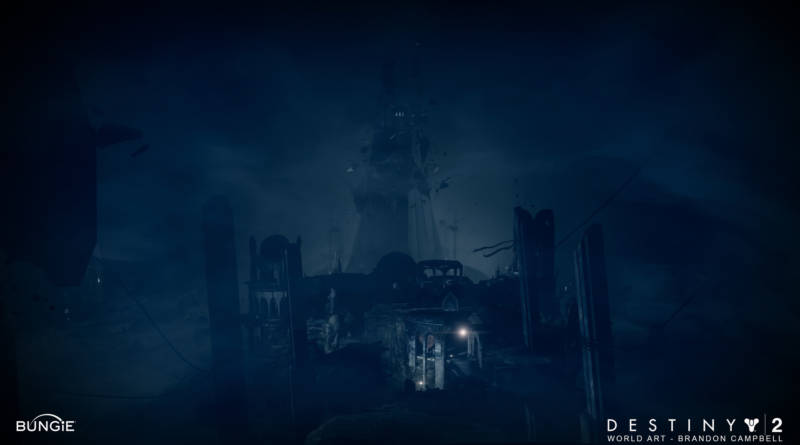On the new Destiny 2 expansion – There is actually stuff to do!
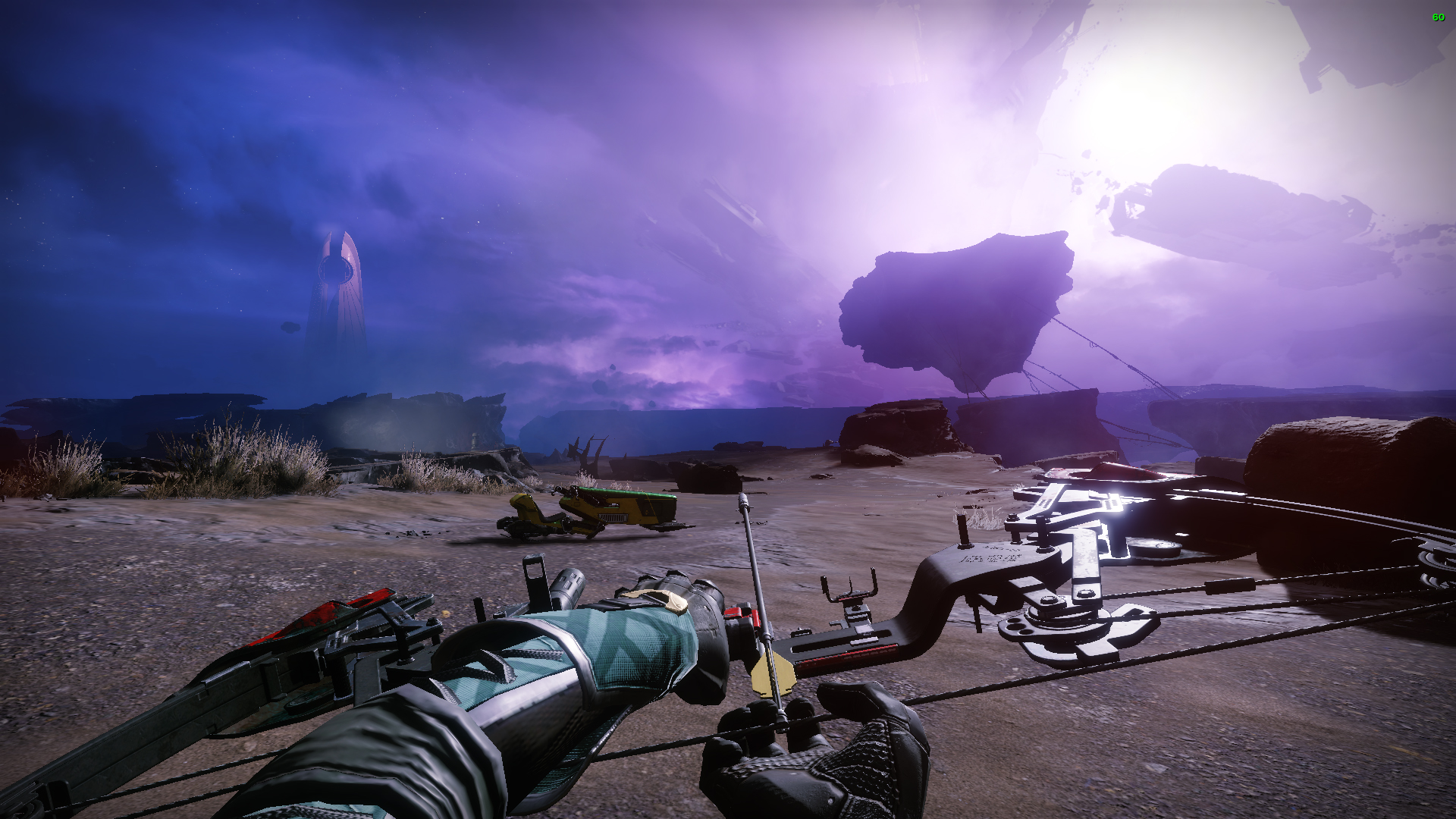
So it’s been a while since I talked about the Destiny franchise. Almost a half year ago I bashed the new installment pretty hard on the downsides that featured, because there were… many.
Truth be told, ever since a shiny refurbished exotic weapon quest was re-introduced on Destiny 2 back in July, the gameplay aspects gradually got better by the time the Forsaken expansion dropped. For this article I’ll be little more biased towards the positive side. Even though the game still has flaws here and there, I’ll save my long angry rant on the topic of duplicate exotics giving me Vietnam flashbacks from the TF2 Sniper Vs Spy update for another time.
The one major change that deserves to be highlighted as the turning point is the re-implementation of Destiny 1 weapon loadouts with more features. This brings back the feeling of power that D2 was lacking when the game first released.
Before we go further, let’s recap the first installment weapon slots:
- Primary weapons (uses common white ammo)
- Special weapons (uses uncommon green ammo)
- Heavy weapons (uses rare purple ammo)
Weapon types in Destiny 1 were composed of:
Primaries:
- Auto Rifles (low to mid range bullet hoses)
- Hand Cannons (low to mid range revolvers)
- Pulse Rifles (mid to long range three round burst rifles)
- Scout Rifles (long range semi auto carbines)
Specials:
- Sniper Rifles (long range semi auto damage dealer)
- Shotguns (melee range high damage dealer)
- Fusion Rifles (high damage seven round burst with charge up time)
- Sidearms (low range medium damage pistols)
Heavies:
- Rocket Launchers
- Machine Guns (high damage version of Auto Rifles)
- Swords
Fast forward to Destiny 2, the weapon system got awfully reworked.
It was only until Forsaken dropped that the developers re-implemented the good old weapon loadout system and partially kept the new D2 weapon slots.
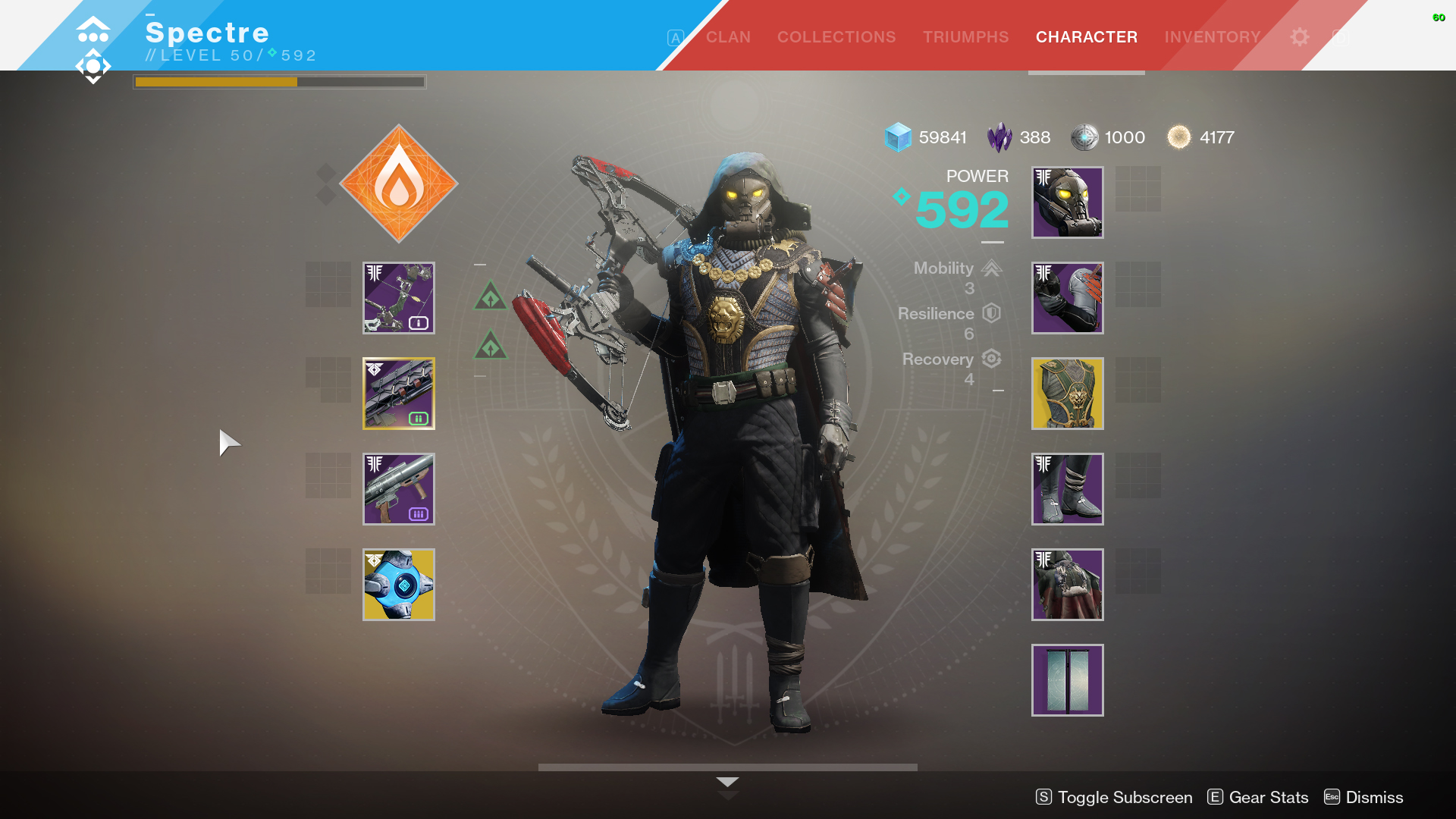
At the present moment, here’s how the current weapon slots look like:
Kinetic weapons:
- Auto Rifles (Primary)
- Hand Cannons (Primary)
- Pulse Rifles (Primary)
- Scout Rifles (Primary)
- Sidearms (Primary)
- Combat Bows (Primary)
- Sniper Rifles (Special)
- Shotguns (Special)
- Breach loaded Grenade Launchers (Special)
Energy weapons:
- Auto Rifles (Primary)
- Hand Cannons (Primary)
- Pulse Rifles (Primary)
- Scout Rifles (Primary)
- Sidearms (Primary)
- Combat Bows (Primary)
- Sniper Rifles (Special)
- Shotguns (Special)
- Fusion Rifles (Special)
- Breach loaded Grenade Launchers (Special)
Power weapons:
- Rocket Launchers
- Drum magazine Grenade Launchers
- Linear Fusion Rifles (single shot rail guns)
- Swords
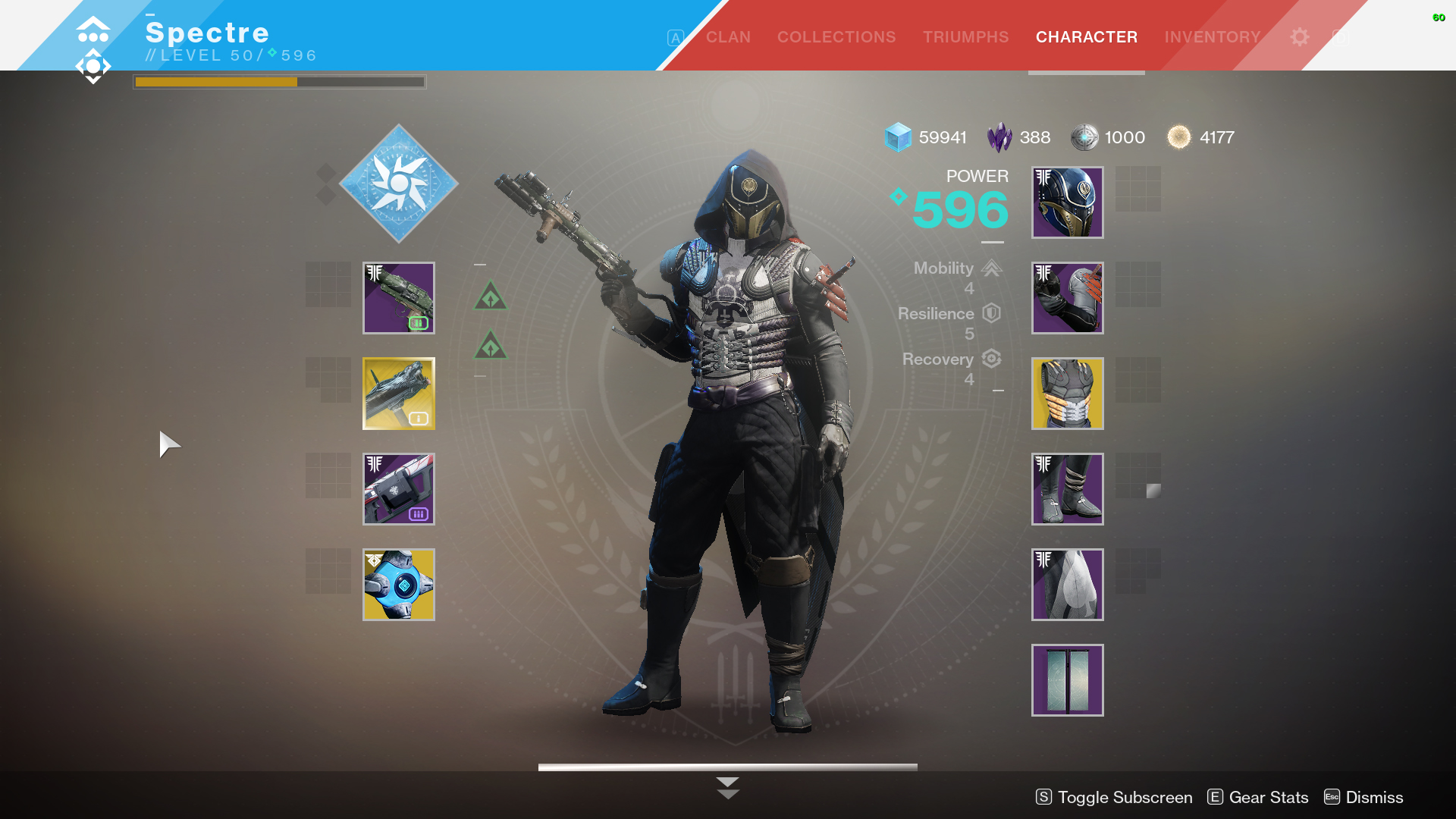
Assuming you are a TF2 veteran I might guess your first question would be:
- Bloody hell! Can I roleplay as a Scottish Cyclops and go to town with three Grenade Launchers?!?!
Well… yes! There is a catch however. While running two high damage special weapons is now possible, you are gonna be running around with no ammo quite often. If you really are into grenade launchers there’s an exotic one called “Fighting Lion” that uses primary ammo, it makes wonky builds like this one more viable.
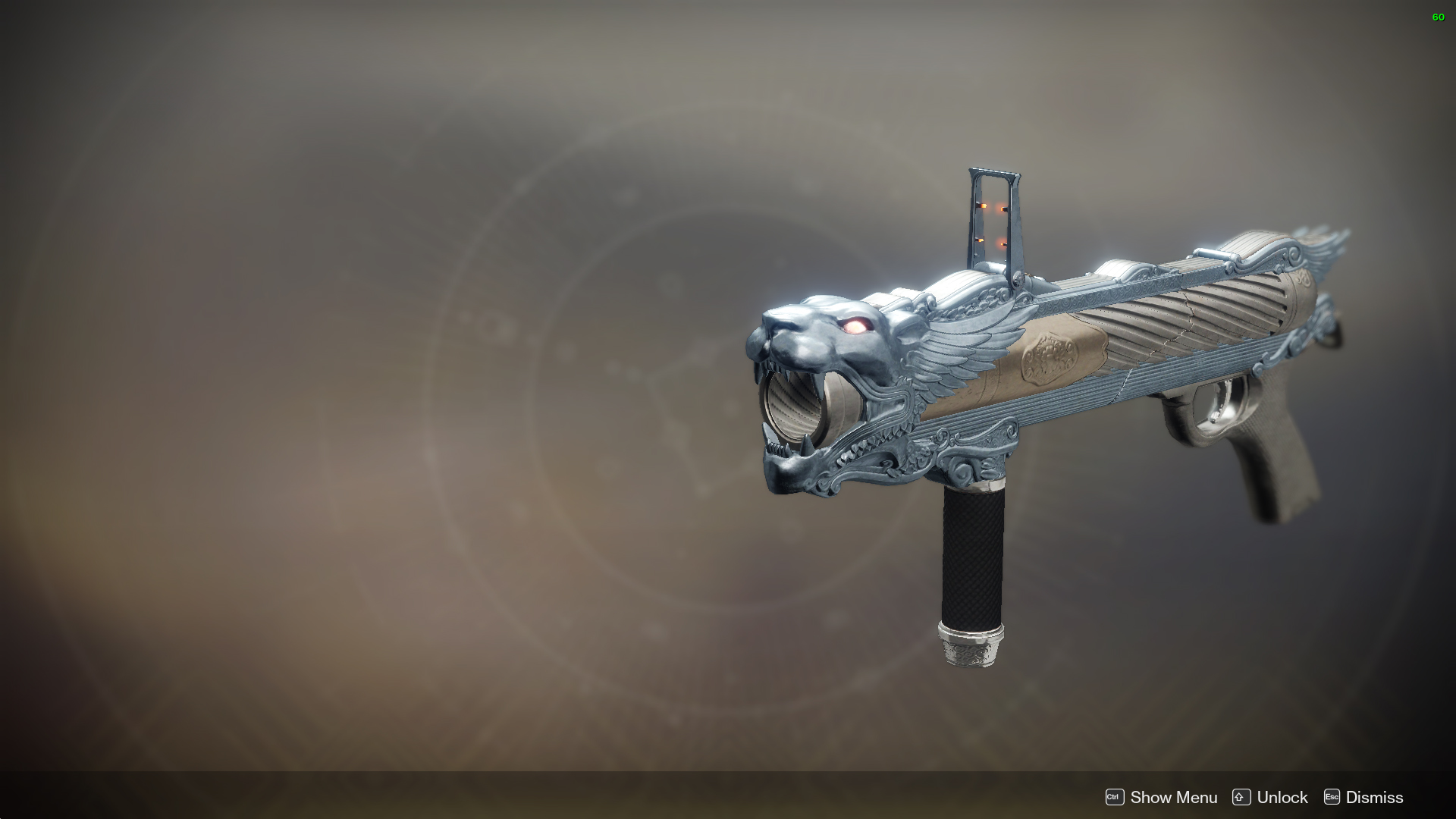
This one uses common primary ammo so you can blow stuff up with less ammunition problems.
Another question that follows up is:
- Whats the main difference between Kinetic and Energy weapons?
The main difference is damage output to health or shields.
Energy weapons deals more damage to enemy energy shields (even more damage if the shield element matches) and less damage to non-shielded targets. Kinetics do the opposite and are usually your main damage dealer.
Now that we have weapons slots out the way, let’s talk loot.
The new Forsaken expansion actually brought back random rolls! You know, the one feature I talked about on my last article. Even though the loot pool is partially limited, getting the same weapon with different perks makes every drop valuable… until you get a god roll.

These are very rare fixed god rolls that you can go after if you really like a specific gun. This one features Explosive Payload and Genesis (breaking shields restore ammo).
Finally there’s the story. Not talking spoilers, the writing is simple and efficient.
You go a place called Tangled Shore on your own to avenge one of your main allies. To get to the guy responsible, you need to take down eight lieutenants known as Barons.
Hunting down the all Barons really brings back memories from the boss encounters on Borderlands. Each boss has unique visual and combat tactics: The Rifleman snipes you, the Mad Bomber tosses explosives, the Rider uses a special hoverbike, and so on.
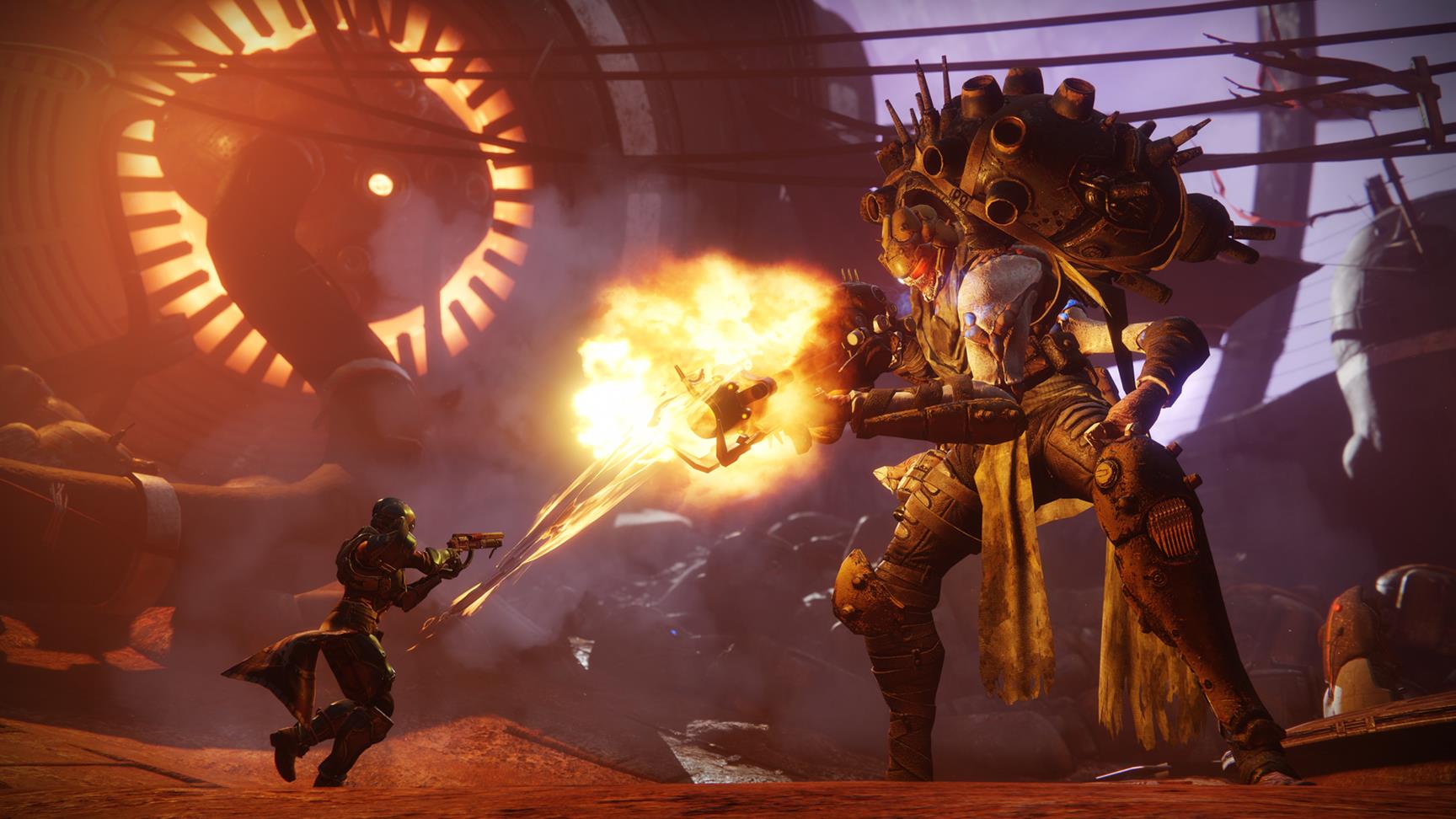
Nevertheless, the best feature so far is a new location called “The Dreaming City”.
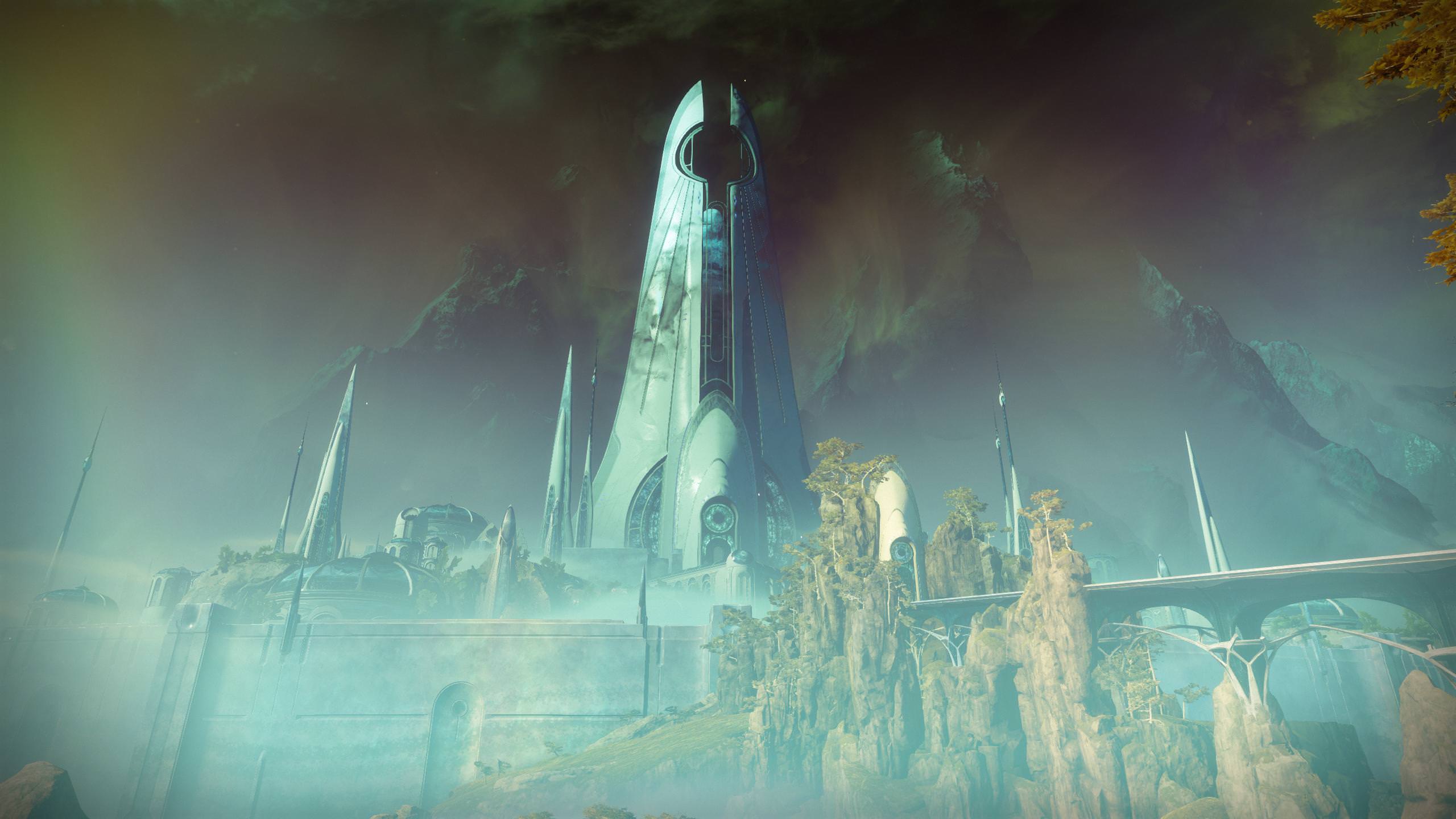
Not only does it take a quest and some effort to get access to it, but also this location changes weekly ever since the first six man group beat the new Raid.
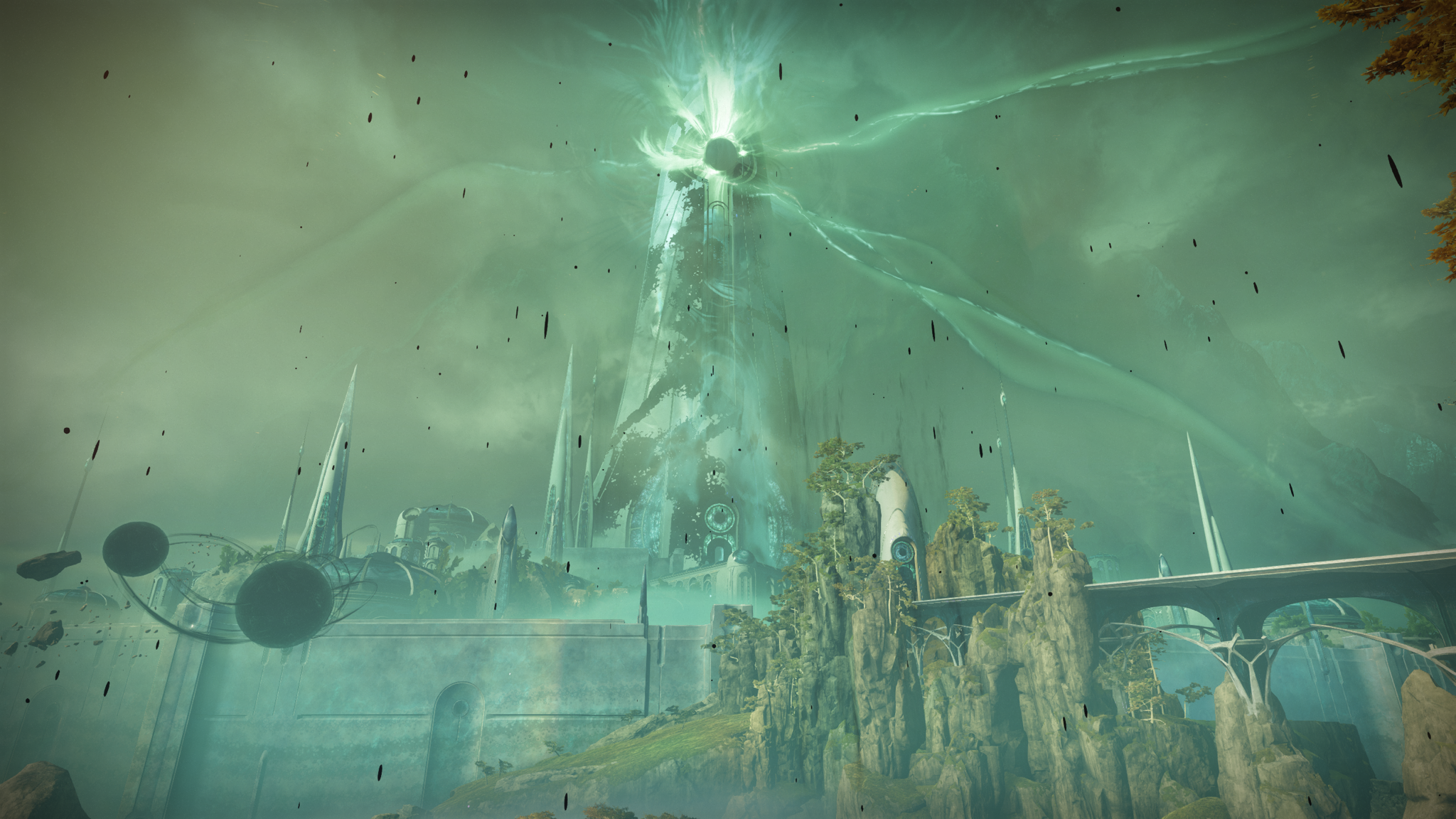
Now that the Dreaming City sits on an endless loop of three stages of corruption, Bungie took character development to a new level and made the NPCs aware of the loop.
This means every week you get new dialogue about trying to figure out a way to break the cycle and cleanse the curse (during the second cycle I witnessed a new in-game dialogue with an important NPC). These details and this storytelling remind me of the once in a lifetime “operation events” in Warframe.
On top of that, when the curse is at it highest stage, you can access a secret challenging dungeon called “The Shattered Throne” that gives lots of vibes from the Dark Souls series.
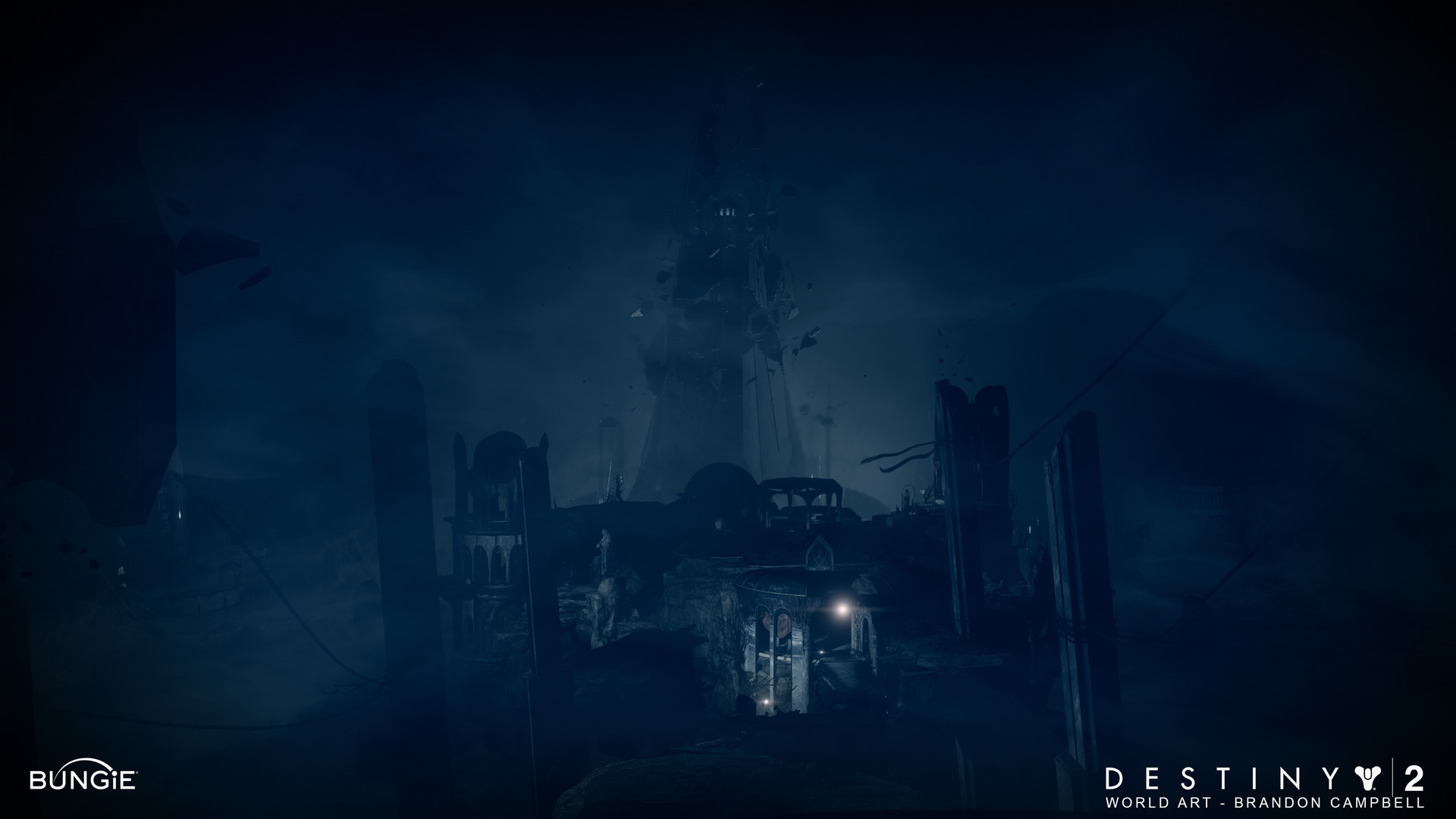
See that tower up in the distance?
You actually climb all the way up there to face a boss fight.
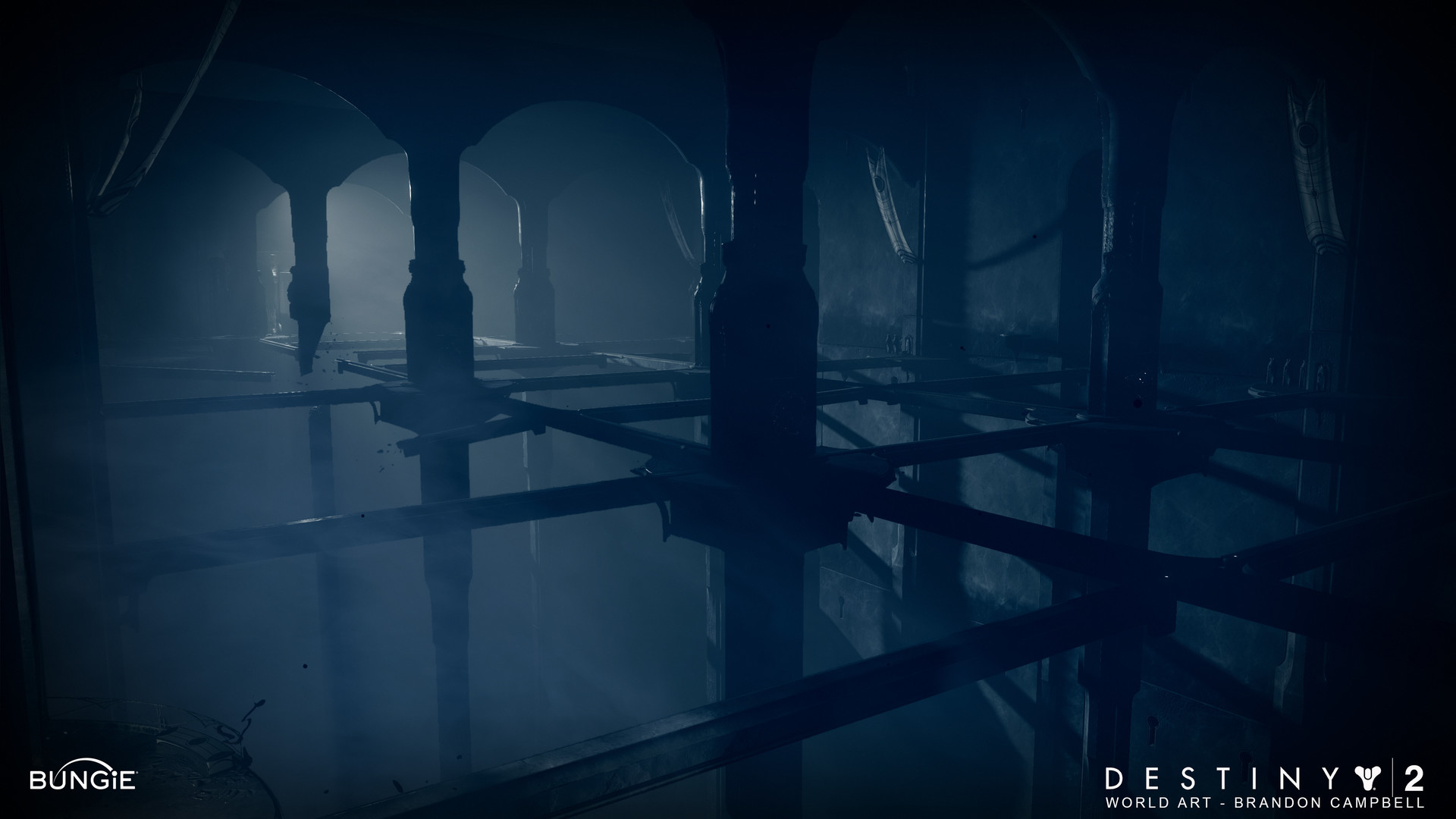
Except you get Taken Ogres to push you off instead of Painting Guardians.
Apart from PvE stuff, Bungie also added a new gamemode called Gambit, which is a unique hybrid of PvPvE gameplay.
Gambit matches involve speedrunning a PvE arena to summon a boss. First team that takes down their boss wins. The PvP portion comes into play that you can invade your opponents arena and take them out to slow their progress, or heal their boss if it is summoned. Same goes for your team, knowing when to focus on PvE enemies and the invaders are key to avoid getting wiped by a single opponent.
With so much stuff to do, there are also triumphs and collections if you are a completionist. These are basically achievements and loot you can chase after, in case you don’t know what to do after reaching max power level and finished all the quests.
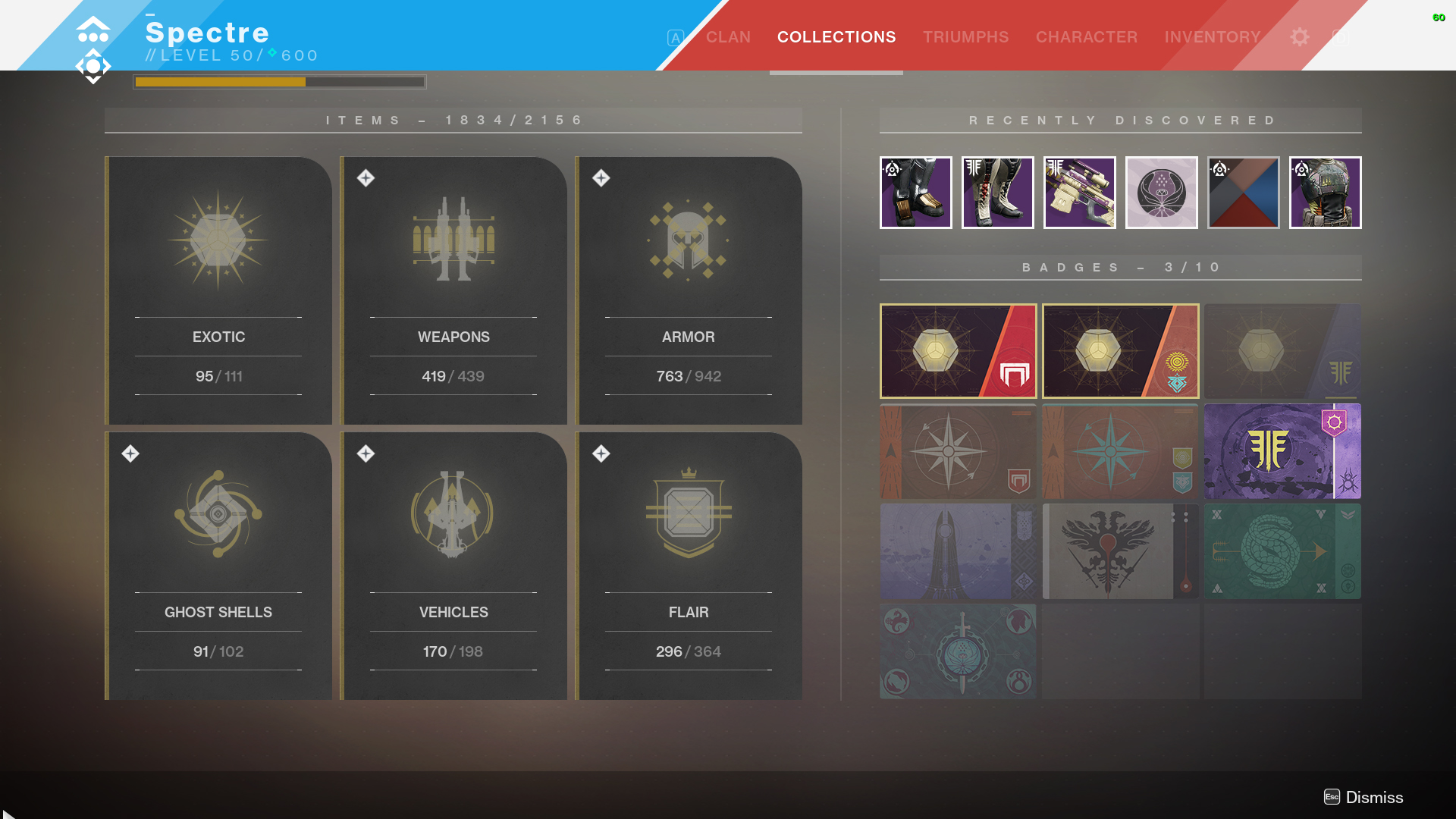
The final question that remains is:
- Should I buy Destiny 2?
I get that question a lot, and right now I can confidently say the game is in a better shape than a year ago. You currently have enough content for at least four months of gameplay without the season pass if you start fresh.
Still, forty bucks is still a steep price for most players I run into and Activision rarely offers discounts on their products, unfortunately. On the bright side, you don’t need to purchase the first two DLCs anymore to play “Forsaken” since it is now included by default on the game’s store page. But remember that you can play the trial version and see for yourself how the gameplay feels like and also try out the weapon slot changes.
After almost a year of salt, blood and tears, Destiny 2 is now actually worth it if you been looking for a good PvE loot shooter.
